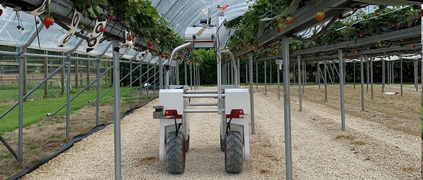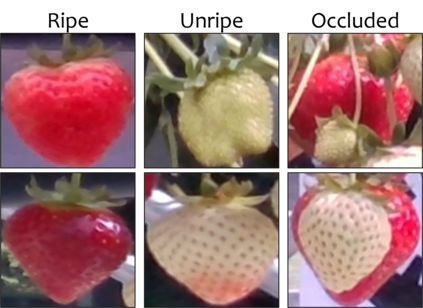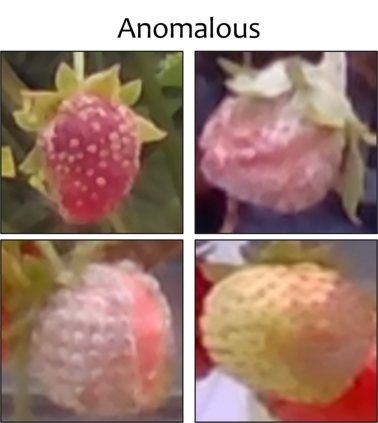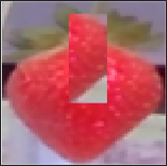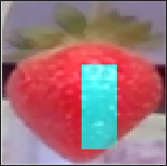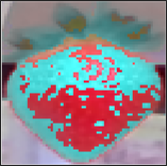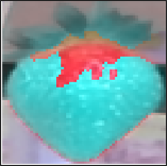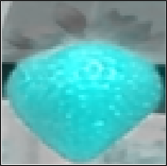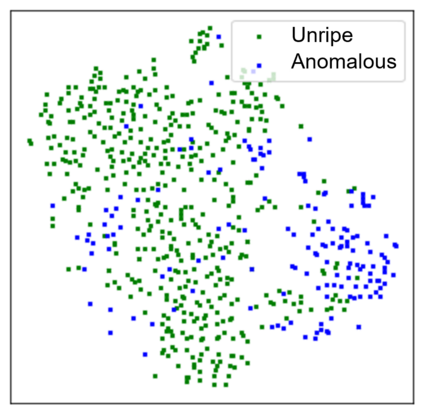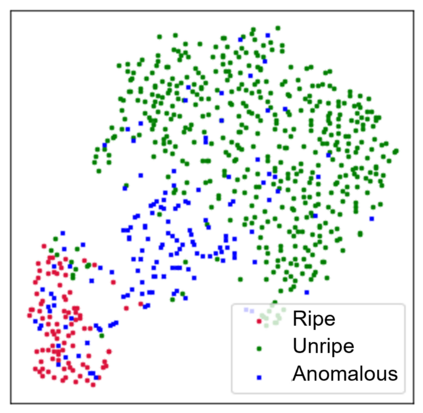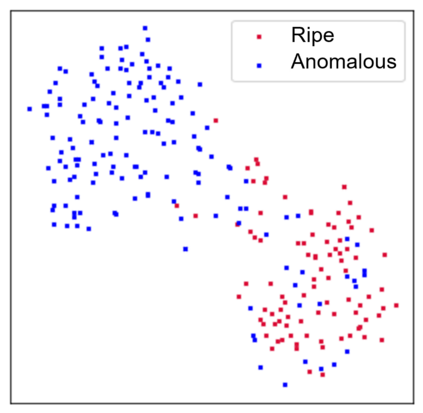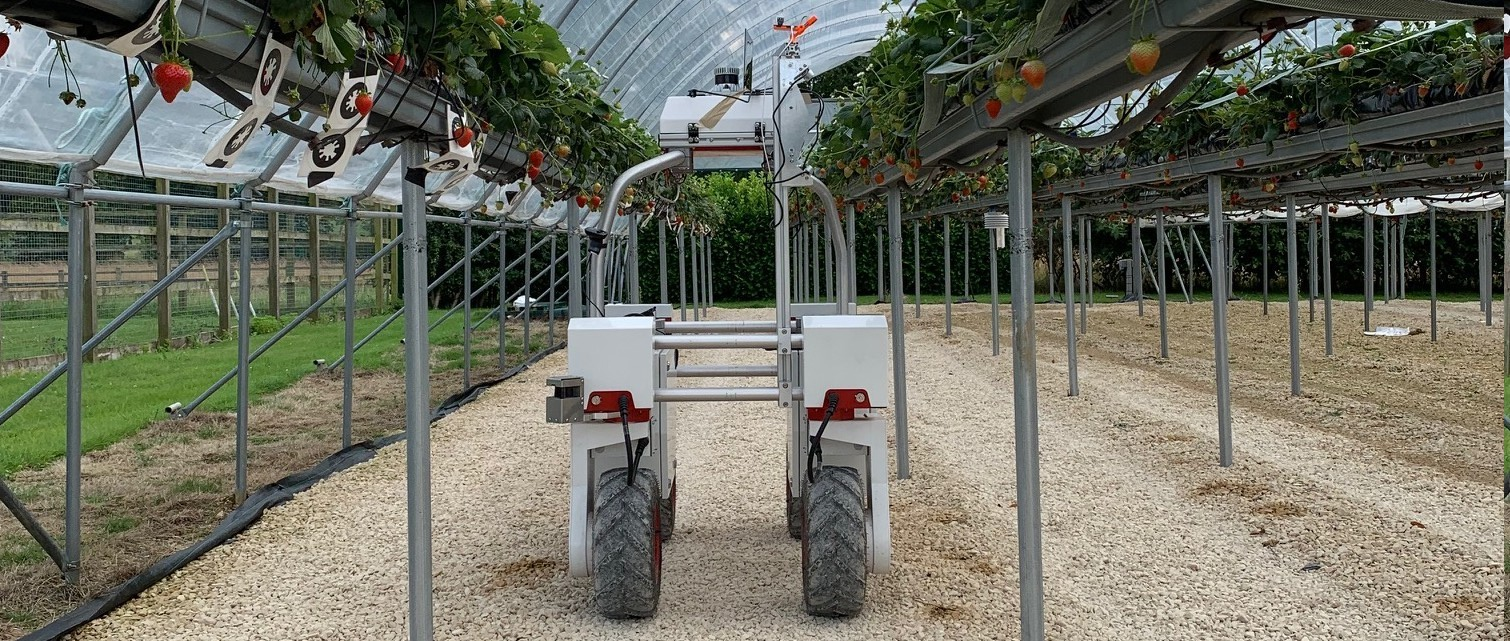Data augmentation can be a simple yet powerful tool for autonomous robots to fully utilise available data for self-supervised identification of atypical scenes or objects. State-of-the-art augmentation methods arbitrarily embed structural peculiarity in focal objects on typical images so that classifying these artefacts can provide guidance for learning representations for the detection of anomalous visual inputs. In this paper, however, we argue that learning such structure-sensitive representations can be a suboptimal approach to some classes of anomaly (e.g., unhealthy fruits) which are better recognised by a different type of visual element such as "colour". We thus propose Channel Randomisation as a novel data augmentation method for restricting neural network models to learn encoding of "colour irregularity" whilst predicting channel-randomised images to ultimately build reliable fruit-monitoring robots identifying atypical fruit qualities. Our experiments show that (1) the colour-based alternative can better learn representations for consistently accurate identification of fruit anomalies in various fruit species, and (2) validation accuracy can be monitored for early stopping of training due to positive correlation between the colour-learning task and fruit anomaly detection. Moreover, the proposed approach is evaluated on a new anomaly dataset Riseholme-2021, consisting of 3:5K strawberry images collected from a mobile robot, which we share with the community to encourage active agri-robotics research.
翻译:增强数据可以是一个简单而有力的工具,让自主机器人充分利用现有数据,进行自我监督地识别非典型场景或物体。 最先进的增强能力方法任意将结构特殊性嵌入典型图像的焦点物体中,以便对这些工艺品进行分类,为学习演示异常的视觉输入提供指南。 但是,在本论文中,我们认为,学习这种结构敏感化的表述方法对于某些类别的异常(如不健康水果)来说可能是一种不最优化的方法,这些异常(如:不健康水果)得到不同类型视觉元素的更好识别,如“色”。 因此,我们建议频道调试,作为一种新型数据增强方法,限制神经网络模型的编码,以学习“不规则性”的编码,同时预测频道随机化图像,以最终建立可靠的水果监测机器人,确定非典型水果质量。我们的实验表明,(1) 以彩色为基础的替代方法可以更好地学习持续准确地识别不同水果种类中的水果异常现象,(2) 可以监测验证准确性准确性,以便及早停止培训,因为彩色学习任务和水果异常现象检测之间有正相关关系。此外,拟议的方法将包含新变式模型的模型,从Sreal-rogrostgasetma 3:

